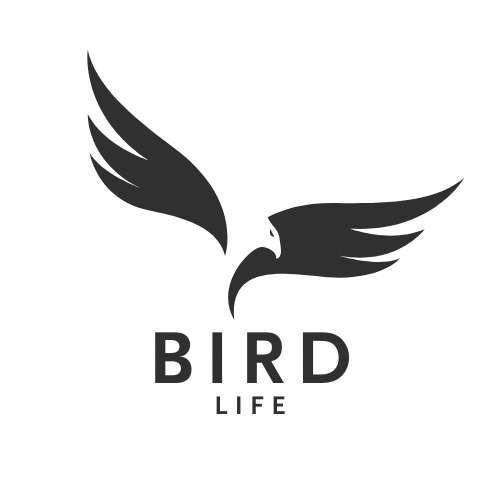The Sunbittern (Eurypyga helias) might not be as famous as its showier cousin the peacock, but this Central and South American bird possesses an equally mesmerizing display. Hidden beneath its seemingly ordinary brown, black, and white plumage lies a secret: when fanned out, its wings reveal stunning eye-like patterns in vibrant yellows, reds, and blacks that can stop predators and humans alike in their tracks. This remarkable display behavior serves multiple functions in the bird’s life, from courtship to defense. Unlike peacocks that constantly flaunt their feathers, the Sunbittern keeps its spectacular patterns concealed until the perfect moment, making each display all the more dramatic and effective.
The Mysterious Sunbittern: An Introduction to the Species
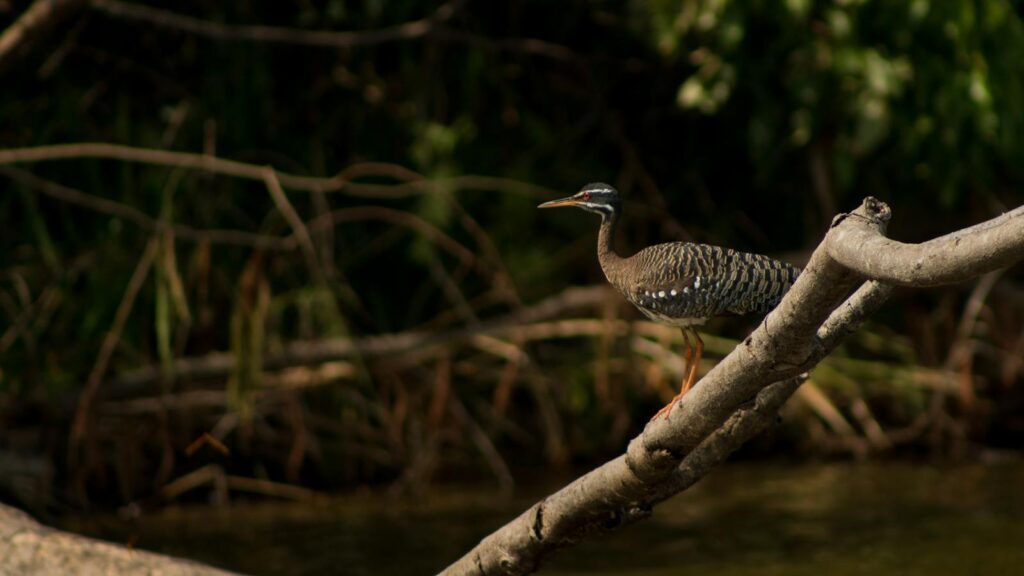
The Sunbittern is a medium-sized bird native to the tropical forests of Central and South America, where it inhabits the quiet banks of forest streams and rivers. Standing about 18 inches tall with a wingspan of approximately 20 inches, this heron-like bird might appear unremarkable at first glance with its cryptic brown, gray, and white plumage that helps it blend perfectly into its forest environment. What makes this bird truly special is not immediately visible – it’s a secret weapon concealed within its wings. The Sunbittern belongs to the family Eurypygidae and is the only member of its genus, making it a unique evolutionary specimen with no close relatives among living birds. Its scientific name Eurypyga helias comes from Greek words meaning “broad-rumped sun bird,” a fitting description for this creature that seems to unfold the sun itself when it displays its wings.
The Anatomy of Surprise: Understanding the Sunbittern’s Wing Structure
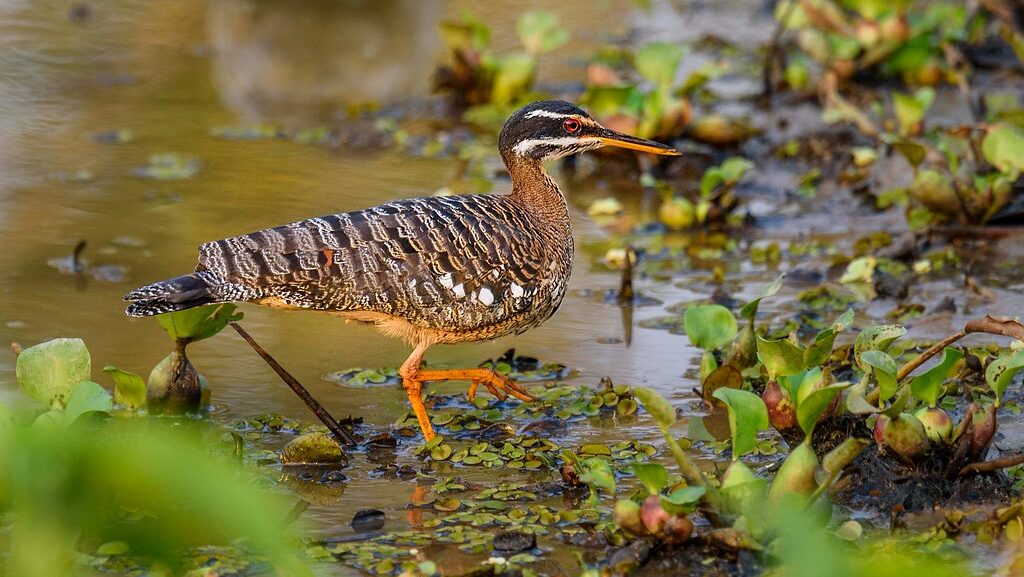
The Sunbittern’s wing design represents a masterpiece of natural engineering specifically evolved for its dramatic display. When folded, the wings appear plain and unremarkable, showing mostly brownish-gray coloration that serves as excellent camouflage in the dappled light of forest understories. However, the wings contain specialized feathers with striking patterns that remain hidden until deliberately revealed. These display feathers feature complex pigmentation creating large, bold eye-like patterns (ocelli) in vibrant combinations of yellows, reds, oranges, and blacks that seem to burst forth when exposed. The arrangement of these feathers ensures that when the wings are fully extended, the ocelli patterns align perfectly to create a startling visual effect. This specialized wing structure demonstrates how natural selection can shape anatomy not just for flight but also for communication and defense, creating multi-purpose structures that serve the bird in various aspects of its life.
The Sun Dance: How and When Sunbitterns Display Their Feathers
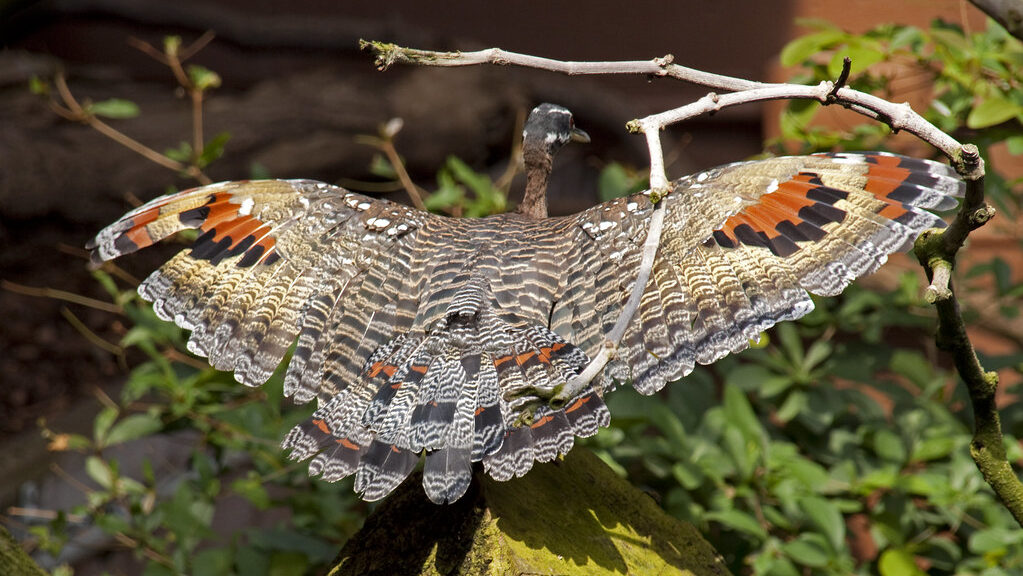
The Sunbittern’s display behavior follows a distinct and dramatic pattern that maximizes the impact of its colorful wing patterns. When initiating a display, the bird first adopts an alert posture by straightening its body and neck. It then slowly extends its wings outward while simultaneously raising them above its back, creating a dramatic fan-like appearance that suddenly reveals the hidden eye patterns. During the most intensive displays, the Sunbittern may complement this visual show by bobbing its head, taking deliberate steps with exaggerated leg movements, and sometimes emitting soft vocalizations. These displays typically occur during specific contexts: territorial disputes with other Sunbitterns, courtship rituals, or when the bird feels threatened by a potential predator. Unlike some display behaviors that exhaust significant energy, the Sunbittern’s display is relatively brief and efficient, lasting just long enough to achieve its purpose before the bird returns to its normal posture and activities.
Courtship Communication: Winning Hearts Through Wing Displays
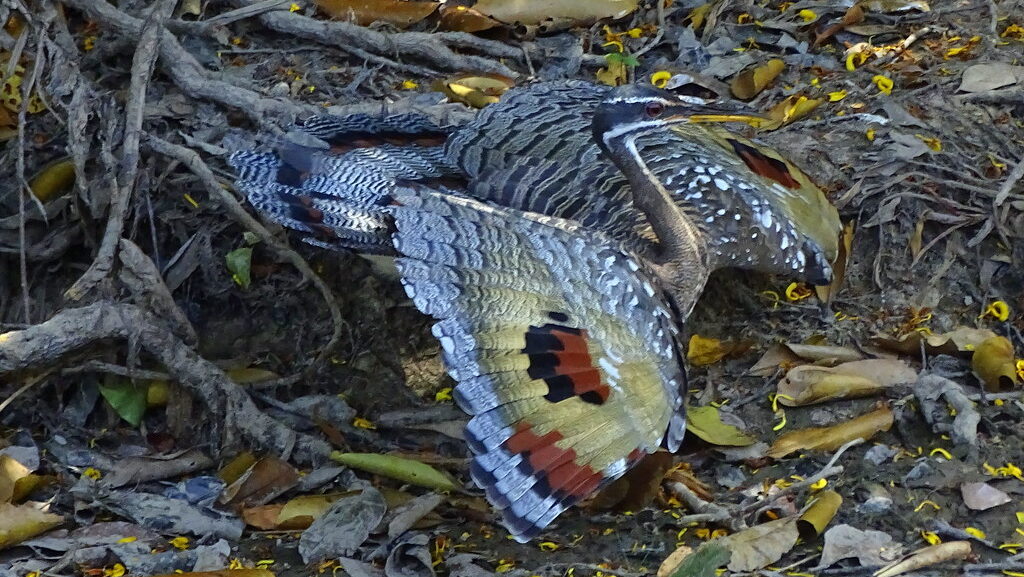
For the Sunbittern, romance hinges on the quality and execution of its wing displays, which serve as crucial signals during the breeding season. During courtship, both male and female Sunbitterns participate in display behaviors, though males typically initiate and perform more elaborate versions. The bird begins with rhythmic movements, gradually building to the full wing extension that reveals the startling eyespots, which researchers believe communicate genetic fitness and health to potential mates. These displays often occur as coordinated duets between prospective partners, with birds mirroring each other’s movements in synchronized dances that strengthen pair bonds. The vibrancy of the colors in the wing patterns likely serves as an honest signal of the bird’s nutritional status and overall health, helping mates select partners with good genes. Unlike many bird species where only males display, the mutual display behavior in Sunbitterns reflects their generally monogamous mating system and shared parental responsibilities.
Predator Defense: The Startling Effect of Eyespots
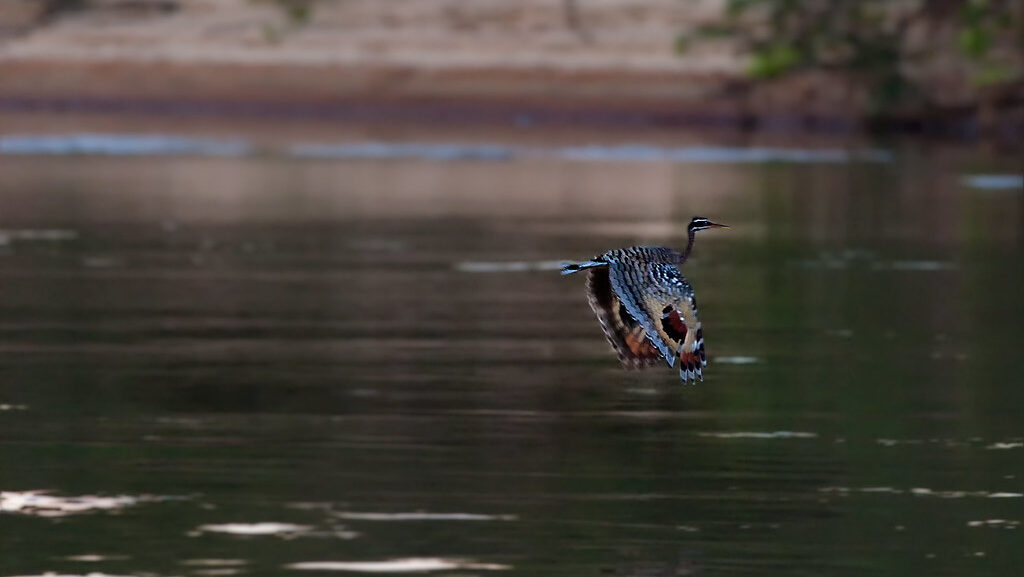
The Sunbittern’s dramatic wing display serves as a remarkably effective anti-predator adaptation in the dangerous rainforest environment. When threatened by potential predators like snakes, cats, or larger birds, the Sunbittern rapidly unfurls its wings to create an instantaneous transformation from an inconspicuous bird to a creature seemingly possessing multiple large, staring eyes. This sudden display creates what biologists call a “startle effect,” which can momentarily confuse or frighten predators by suggesting the presence of a much larger animal. The eyespots may specifically mimic the face of predators that hunt the Sunbittern’s own predators, creating a hierarchical deterrence effect. Research suggests this defense mechanism is particularly effective against inexperienced predators that instinctively retreat from sudden, unexpected visual stimuli. By creating brief moments of predator hesitation, the Sunbittern gains precious seconds to escape to safety, transforming its beautiful display into a literal lifesaver.
Evolutionary Origins: How Did This Display Behavior Develop?
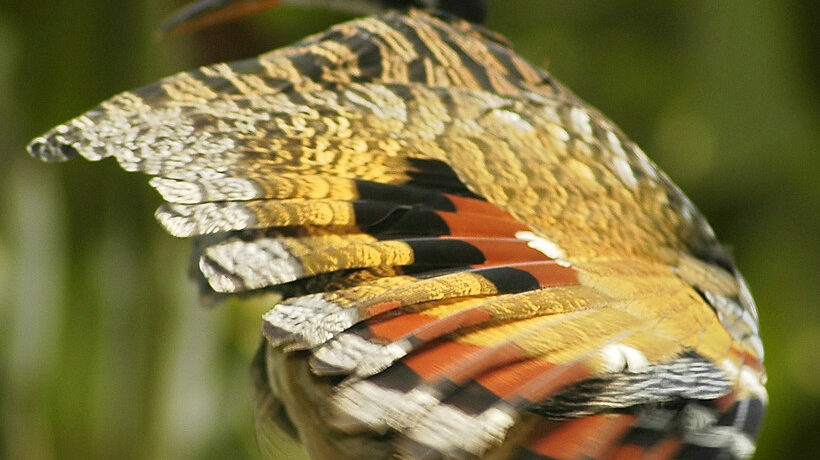
The evolution of the Sunbittern’s spectacular wing displays represents a fascinating example of how natural selection can shape both physical traits and behaviors over millions of years. Evolutionary biologists theorize that the display began as a simple patch of contrasting feathers that provided some minor advantage in either mate attraction or predator confusion. Through successive generations, birds with more effective patterns would have enjoyed greater reproductive success, gradually leading to the complex eyespot patterns seen today. The Sunbittern’s relatively isolated evolutionary position (having no close living relatives) suggests this display mechanism evolved independently rather than being inherited from a common ancestor shared with peacocks or other displaying birds. Fossil evidence is unfortunately limited, but molecular studies indicate the Sunbittern lineage diverged from other birds approximately 30-40 million years ago, providing ample time for such specialized adaptations to develop. The dual functionality of the display for both courtship and defense exemplifies how natural selection often favors traits that serve multiple purposes, increasing their overall adaptive value.
Comparison with Peacocks: Similar Displays, Different Functions
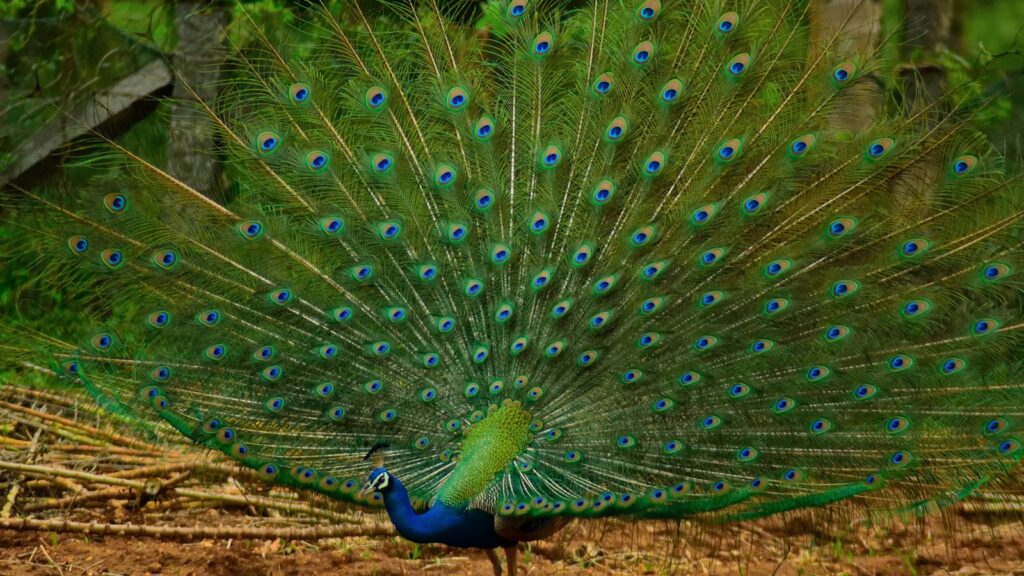
While both peacocks and Sunbitterns employ dramatic feather displays, the similarities largely end with the visual spectacle. The peacock’s famous train represents an extreme case of sexual selection, with enormous, energetically costly feathers evolved primarily to attract females and demonstrate genetic fitness. In contrast, the Sunbittern’s display serves a dual purpose: courtship and predator defense, making it more economical from an evolutionary perspective. Peacocks display almost constantly during breeding season, dragging their magnificent trains wherever they go, while Sunbitterns keep their special patterns concealed until specific triggering situations. The peacock’s display is fundamentally asymmetrical (males display, females choose), whereas Sunbitterns show more egalitarian display behaviors with both sexes participating. Perhaps most significantly, peacock displays evolved through intense sexual selection in relatively predator-free environments, while Sunbittern displays reflect a balance between sexual selection and survival pressures in predator-rich rainforests. These differences highlight how similar behaviors can evolve through different evolutionary pathways depending on ecological contexts.
The Scientific Study of Sunbittern Displays

Scientific investigation of the Sunbittern’s unique display behavior has evolved substantially over the decades, though the bird’s secretive nature presents ongoing challenges to researchers. Early naturalists like Alexander von Humboldt first documented the displays in the early 19th century, but detailed behavioral studies didn’t begin until the mid-20th century when researchers began using photography and film to capture and analyze the rapid wing movements. Modern research employs high-speed cameras capable of recording displays at hundreds of frames per second, allowing precise analysis of display mechanics and timing previously invisible to the human eye. Field studies using playback experiments have demonstrated that Sunbitterns can distinguish between different types of threats and modulate their displays accordingly, showing more intense responses to predator models than to non-threatening species. Despite these advances, significant questions remain about how Sunbitterns perceive their own displays and how the displays’ effectiveness varies across different predator species, making this remarkable bird an ongoing subject of ornithological interest.
Habitat and Range: Where to Find the Dancing Sunbittern

The Sunbittern occupies a distinct geographical range across Central and South America, from southern Mexico through Panama and into the Amazon Basin countries including Brazil, Colombia, Ecuador, and Peru. Within this broad distribution, Sunbitterns specifically inhabit forested areas near slow-moving water bodies, including streams, shallow rivers, and occasionally swampy areas with good forest cover. The bird requires these specialized habitats that provide both the small aquatic prey it feeds upon and the dense vegetation offering protection from predators. Sunbitterns typically avoid open areas and fast-moving waters, preferring sheltered forest streams with overhanging vegetation and partially submerged logs where they can hunt efficiently. Unfortunately, this habitat specificity makes Sunbitterns particularly vulnerable to deforestation and other forms of habitat degradation affecting tropical forests. Birdwatchers hoping to observe the Sunbittern’s spectacular display in the wild often find success by quietly waiting near forest streams in protected areas like Costa Rica’s La Selva Biological Station or Brazil’s Pantanal region.
Conservation Status: Protecting the Sunbittern’s Future
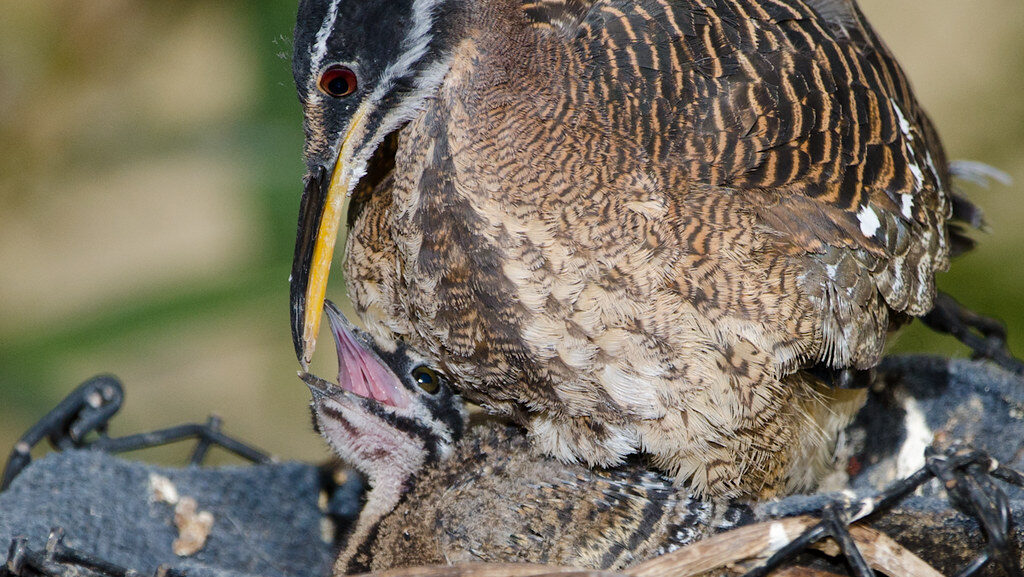
The Sunbittern currently maintains a conservation status of “Least Concern” according to the International Union for Conservation of Nature (IUCN), but this relatively positive designation masks some concerning population trends. While not yet globally threatened, Sunbittern populations face increasing pressure from habitat loss as tropical forests continue to be cleared for agriculture, ranching, and development. The bird’s specialized habitat requirements make it particularly sensitive to environmental changes, especially those affecting the health of forest streams and rivers. Water pollution from mining operations, agricultural runoff, and poor waste management further degrades the aquatic ecosystems Sunbitterns depend upon for feeding. Conservation efforts focusing on protecting intact forest corridors along waterways provide the best hope for maintaining healthy Sunbittern populations throughout their range. Several protected areas and national parks within the Sunbittern’s range offer critical safe havens, including Brazil’s Jaú National Park and Costa Rica’s Tortuguero National Park, where conservation measures help ensure these remarkable birds can continue their eye-catching displays for generations to come.
Sunbitterns in Indigenous Cultures and Folklore
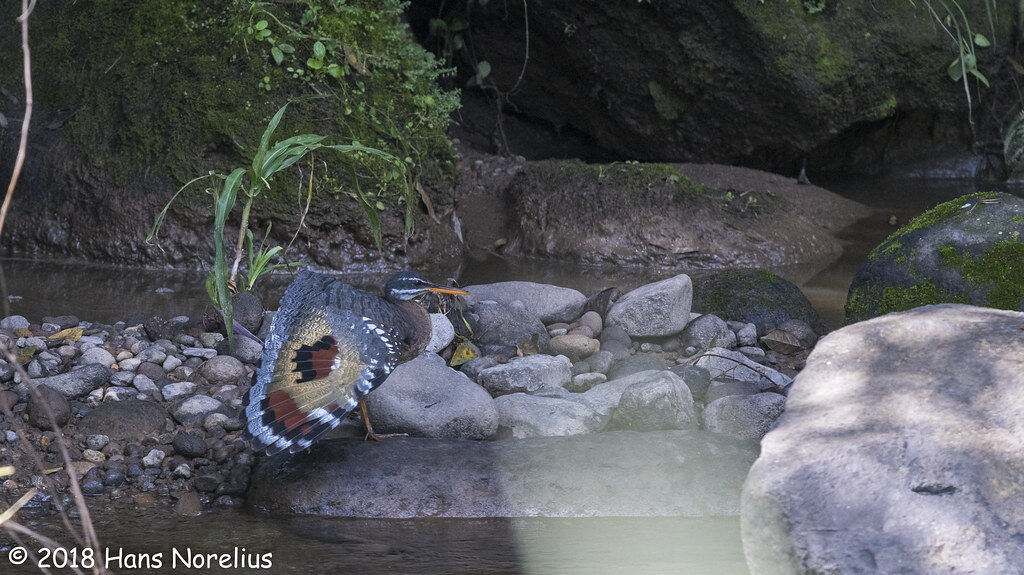
The Sunbittern has featured prominently in the cultural traditions of many indigenous peoples throughout its range, often associated with transformation and protective powers due to its ability to suddenly change appearance. Among certain Amazonian tribes, including the Shuar and Achuar peoples, the Sunbittern is considered a spirit bird with connections to the sun deity, its wing displays representing the bringing of light or revelation of hidden knowledge. Traditional stories often portray the Sunbittern as a trickster figure that uses its deceptive appearance to outsmart stronger animals, serving as a metaphor for using intelligence rather than strength to overcome challenges. In some indigenous healing traditions, mimicking the Sunbittern’s display movements forms part of ceremonial dances believed to ward off negative spirits or illnesses. The bird’s feathers have been traditionally incorporated into ceremonial headdresses and ornaments among various forest peoples, though such practices have largely been replaced with sustainable alternatives in modern times. These cultural associations demonstrate how the Sunbittern’s remarkable biological adaptation has transcended its natural function to become embedded in human cultural expressions.
Keeping Sunbitterns in Captivity: Challenges and Considerations
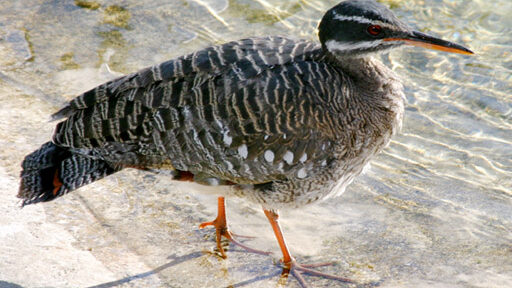
Maintaining Sunbitterns in zoo environments presents unique challenges that have only been overcome through specialized knowledge and facilities developed in recent decades. These birds require carefully designed habitats that replicate their natural forest stream environment, including shallow moving water, multiple perching options, and dense vegetation that provides both security and display stages. Dietary management represents another critical aspect of Sunbittern care, with successful programs providing varied diets of small fish, aquatic invertebrates, insects, and specialized supplements to maintain the vibrant coloration of their display feathers. Temperature regulation is essential, as these tropical birds require consistently warm environments typically between 75-85°F (24-29°C) with high humidity levels around 70-80%. Reproductive success in captivity remained elusive until the 1990s when zoos began implementing specialized breeding programs with privacy considerations and appropriate nesting materials, leading to several successful captive breeding programs in facilities like the San Diego Zoo and Germany’s Walsrode Bird Park. Despite these advances, the specialized requirements for keeping Sunbitterns mean they remain relatively uncommon in captivity, making successful programs all the more valuable for both conservation and education.
The Future of Sunbittern Research and Conservation
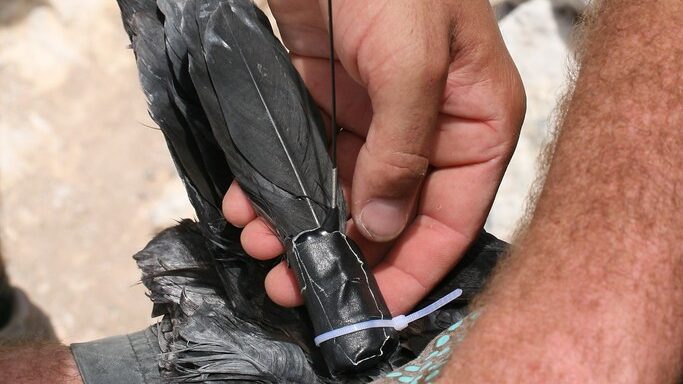
The coming decades will likely see significant advances in our understanding of the Sunbittern through emerging research technologies and conservation approaches. New tracking methods using miniaturized GPS devices promise to reveal previously unknown aspects of Sunbittern movement patterns, territory sizes, and seasonal behaviors that have been difficult to study in their dense forest habitats. Genetic research is beginning to unravel questions about population structure, potential subspecies variations, and the evolutionary history of their unique display adaptations. Conservation biologists are increasingly incorporating Sunbitterns into broader ecosystem monitoring programs as potential indicator species for the health of tropical forest waterways. Climate change presents a looming challenge, with models suggesting potential shifts in precipitation patterns that could fundamentally alter the forest stream habitats these specialized birds depend upon. Collaborative conservation initiatives between international organizations, local governments, and indigenous communities offer the most promising path forward, combining scientific knowledge with traditional ecological understanding to ensure these remarkable birds continue their eye-catching displays in healthy forest ecosystems. As research advances, the Sunbittern’s unique display behavior may yet reveal more secrets about the complex interplay between evolution, behavior, and ecology.
Conclusion
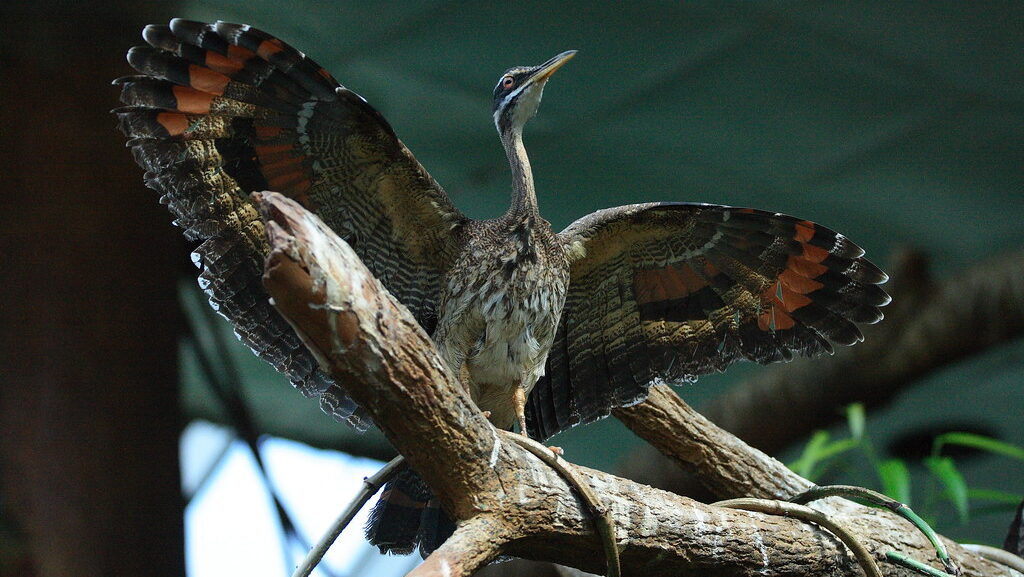
The Sunbittern’s remarkable feather display represents one of nature’s most elegant solutions to the dual challenges of reproduction and survival. Unlike the peacock’s purely sexual display, the Sunbittern has evolved a multipurpose adaptation that serves both to attract mates and startle predators. This efficiency exemplifies natural selection’s capacity to create beautiful yet practical adaptations. As tropical forests face increasing threats from human activities, protecting the specialized stream habitats these birds depend on becomes increasingly urgent. The Sunbittern reminds us that sometimes nature’s most spectacular performances happen not on center stage, but in the quiet corners of forest streams, where a seemingly ordinary bird can transform in an instant into a creature of extraordinary beauty and biological sophistication.
